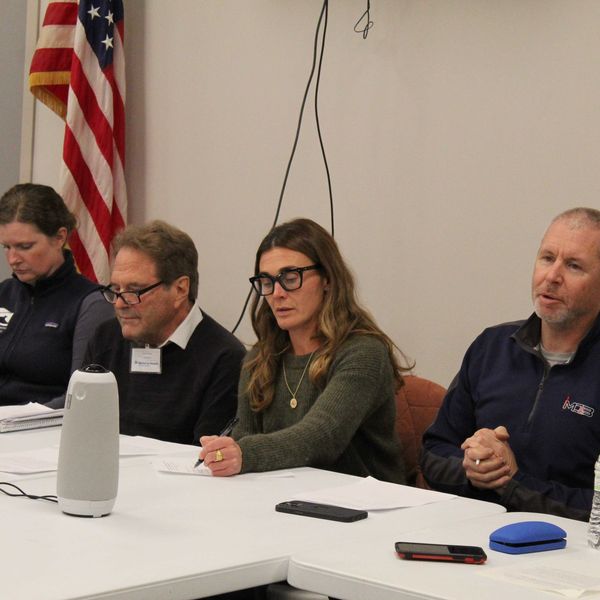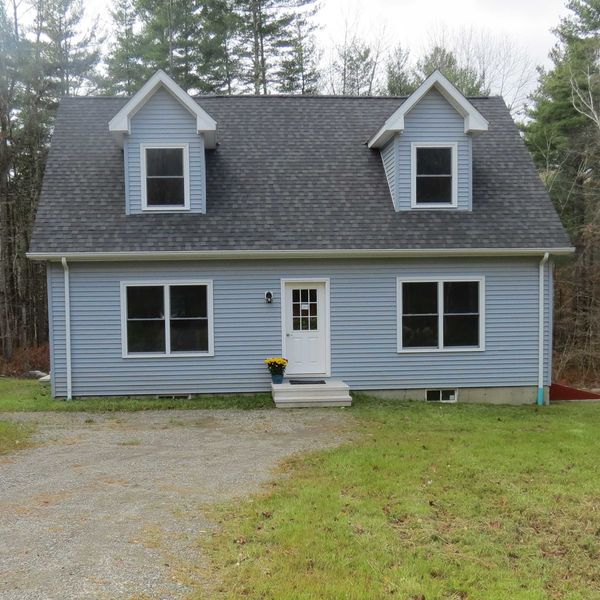Voices from our Salisbury community about the housing we need for a healthy, vibrant future
If you think about aging in place or finding a place for your parents or grandparents to be nearby, we have a number of good local options.
Geer Village Senior Community offers: apartments for seniors seeking independent living, assisted living and memory care apartments, a nursing home, HUD supportive housing and outpatient physical therapy. Geer is one of the largest employers in our area, employing over 280 people.
Noble Horizons offers skilled nursing care, memory care, in and outpatient rehab and independent living in cottages and two-room suites. They are another major employer in Salisbury with 130 employees.
In 2020, the Salisbury Visiting Nurse Association merged with Foothills Visiting Nurse & Home Care and VNA Northwest to form Visiting Nurse & Hospice of Litchfield County, which is a state-licensed and Medicare-certified home health and hospice agency.
SVNA Home Assistance enables people to live independently in the comfort of their home, whether it’s providing an extra helping hand with personal care and housework or 24-hour care.
These vital organizations all require the services of properly trained staff from doctors, registered nurses and nurses’ aides to personal care assistants. They all struggle to recruit and retain staff. A significant impediment is the lack of affordable housing in our area. Kevin O’Connell, CEO of Geer Village, said in an interview recently, “Employers like Geer must recruit employees from further away than ever before. It is becoming impossible to find people willing to commute 30 to 60 minutes one way for work. Geer Village could hire an additional 30 people TODAY if we could attract them to the area. Even when we offer significantly more than the going rate, we still can’t attract the staff we need.”
Noble Horizons Administrator Bill Pond said, “Our ability to recruit and retain staff is very challenged and the lack of affordable housing plays a role. We depend on people who live as far away as Winsted, Torrington and the other side of Waterbury. In order to attract staff with long commutes we are in the process of trying to secure an on-site day care program.”
Michael Caselas, Executive Director of Visiting Nurse & Hospice of Litchfield County, is also routinely searching for therapists, RN’s and personal care assistants. He said, “99% of our current staff live in Litchfield County or in very close proximity. Recruiting qualified staff from out of the area is almost non-existent. We believe the addition of affordable housing would be a catalyst to both retain current staff and bring in new candidates to northwest Connecticut.”
According to O’Connell, “Having access to local affordable housing options (ownership and/or rents) is the long-term solution to resolving these challenges. As people age across northwest Connecticut, they will search for nurses, aides and services they need to ‘age in place’ at home. Communities like ours cannot continue unless they support and encourage young families. We need young, skilled workers to provide nursing care, work in our businesses and run our schools. We need people to work in our local restaurants, care for kids in day care and stock shelves in our stores. Our towns face a bleak future unless we can encourage young families to live locally and call the Northwest Corner home. Affordable housing is foundational to building sustainable communities.”
Mary Close Oppenheimer is a local artist who has been part of the Lakeville/Salisbury community for 30 years.






 John Satre, 1927Photo provided
John Satre, 1927Photo provided Ottar Satre, 1931Photo provided
Ottar Satre, 1931Photo provided Magnus Satre, 1932Photo provided
Magnus Satre, 1932Photo provided







Our Home, Our Future: Keeping a multigenerational community